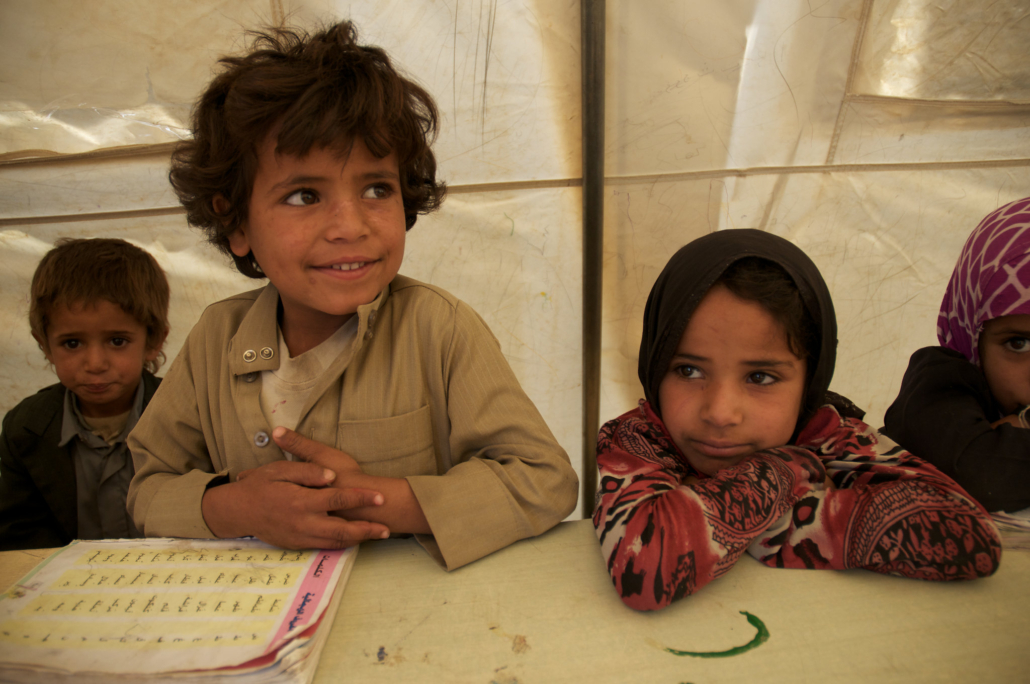 Since 2015, Yemen has been experiencing the largest humanitarian crisis in the world. There is an ongoing civil war which is the cause of the outspread of food insecurity and the economic downfall of Yemen that is currently happening. This has left the people of Yemen with a lack of resources such as food, water and medical assistance. There are currently 23.4 million in need of humanitarian assistance in Yemen. On top of that, the Yemen crisis has led to more than 17.4 million people in Yemen being food insecure and do not have stable access to food and water while an additional 1.6 million are in a state of emergency in terms of hunger.
Since 2015, Yemen has been experiencing the largest humanitarian crisis in the world. There is an ongoing civil war which is the cause of the outspread of food insecurity and the economic downfall of Yemen that is currently happening. This has left the people of Yemen with a lack of resources such as food, water and medical assistance. There are currently 23.4 million in need of humanitarian assistance in Yemen. On top of that, the Yemen crisis has led to more than 17.4 million people in Yemen being food insecure and do not have stable access to food and water while an additional 1.6 million are in a state of emergency in terms of hunger.
A Crisis On Children
Due to Yemen experiencing the largest famine in the world, this also means the rate of child malnutrition is high as well. This is one of many serious problems Yemen is facing right now. Estimates have indicated that every 10 minutes, a child in Yemen loses their life because of malnutrition. Around half a million children are experiencing severe starvation with the death toll being 85,000 due to starvation in children. In 2022, predictions indicated that an estimated 450,000 would experience severe malnutrition and possibly die.
Why The Yemen Crisis Matters
Adequate access to resources like food, water and health care is essential to living a healthy life as well as avoiding disease. The people in Yemen have not been able to have adequate access to these essentials for years which is a major problem. Yemen is also the poorest country in the Middle East, making it more difficult for the people there to receive opportunities to live better and healthier lives. They are being affected in all health aspects from being unable to eat or drink enough, to lack of proper medical attention when people are experiencing malnutrition and diseases like malaria and respiratory infections which are very prevalent in Yemen.
UNICEF’s Work
The situation in Yemen calls for an immense amount of support as well as a lot of funding from large stakeholders to help provide aid to the people in Yemen. One effective solution that can help support the people in Yemen is by spreading awareness. UNICEF is a large organization that has helped in assisting Yemen by spreading awareness of the crisis in Yemen and also providing aid. UNICEF’s mission is to provide support to those who are less fortunate.
UNICEF is an organization that helps with global humanitarian problems. It has individuals in the field of medicine and education that are assisting in providing food and education for the children while they have other individuals from UNICEF restabilizing damaged schools and hospitals. While UNICEF has supported Yemen greatly with the aid it was able to provide to
Yemenis there is still more that needs to occur. UNICEF inquires that in order to continue giving its support in Yemen, it need an estimated $484.4 million which it have raised $77.8 million in funding for aid.
Save the Children’s Efforts
Another organization that has supported Yemen is Save the Children. Save the Children is an organization targeted to support children in need. It helps children all around the world with many things like food, education, protection and health. It has been giving support in Yemen to Yemeni children since 1963 and were one of the first organizations to reach out when the war started in 2015.
Looking Ahead
The crisis in Yemen is not a national problem but a global one. They are battling multiple problems. The severity of the crisis Yemenis are experiencing is something that will take years to recover from which means they need all the awareness and support they can get. There is great importance in understanding social determinants of health in public health. This is because the occurrence of many public health issues can be addressed through social determinants of health and can explain why they happen. The heartbreaking state of Yemen is due to the fact they are lacking many of those social determinants and the main forms of support that individuals can give to them is through contacting officials and raising as much awareness as they can.
– Munira Said
Photo: Flickr
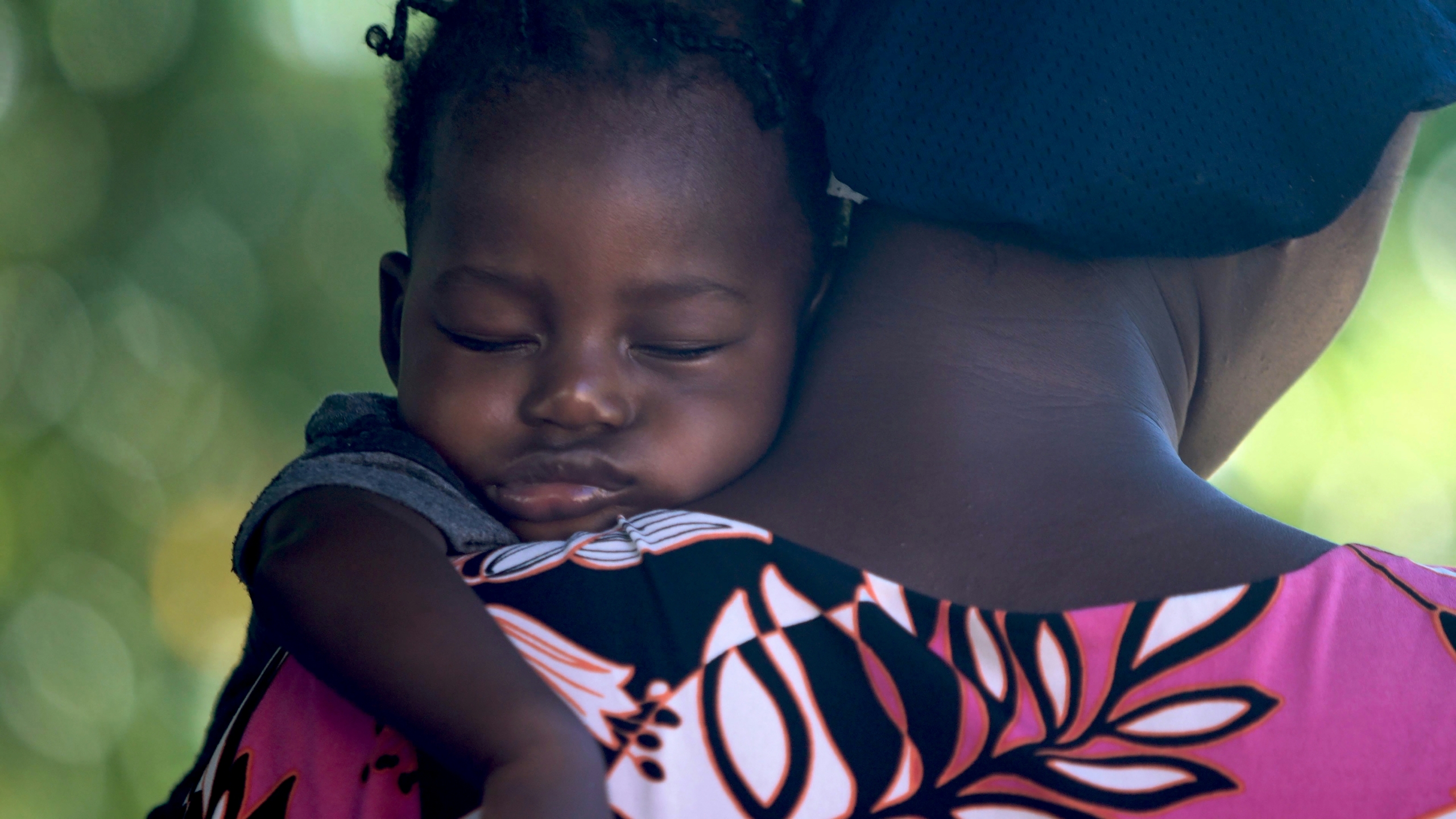
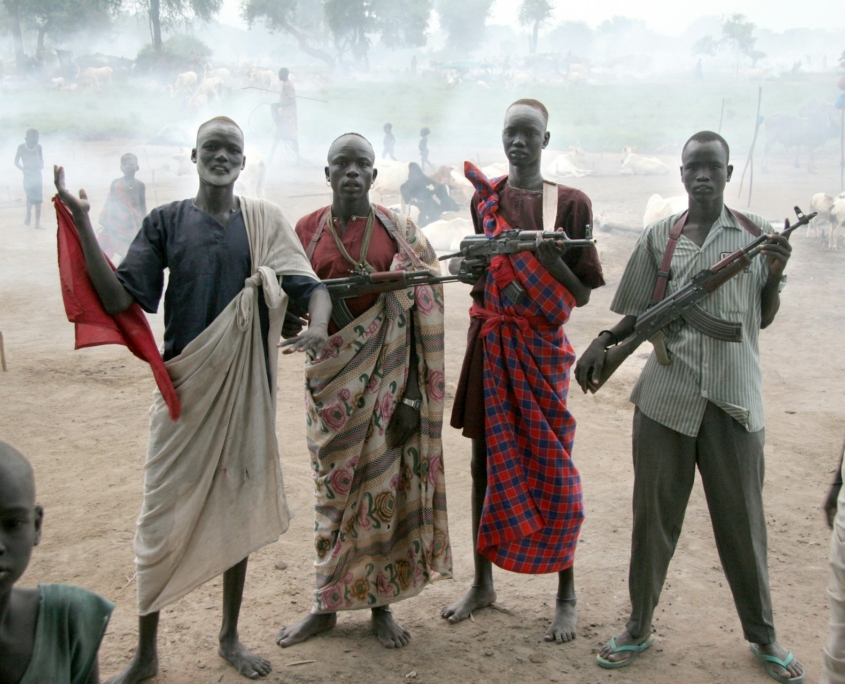 Since the Sudan conflict began in April 2023, an estimated 13,752 lives have been lost, more than 8 million people have been displaced and
Since the Sudan conflict began in April 2023, an estimated 13,752 lives have been lost, more than 8 million people have been displaced and 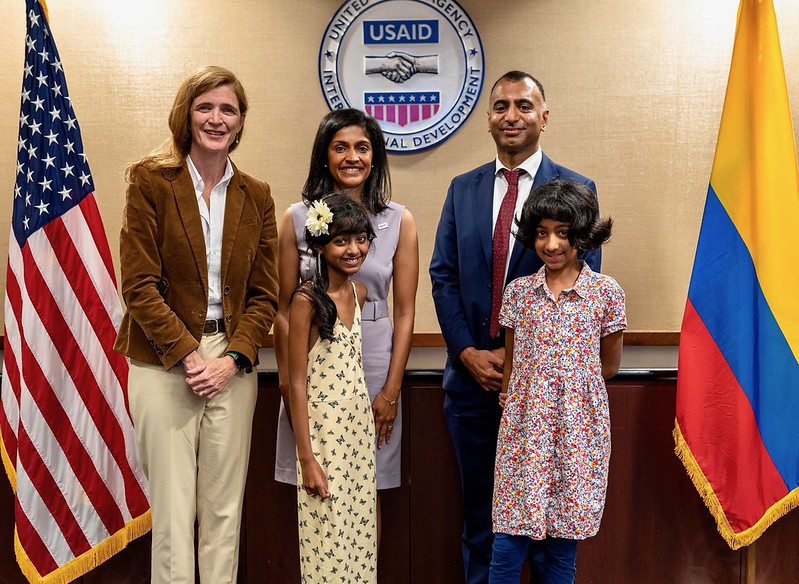
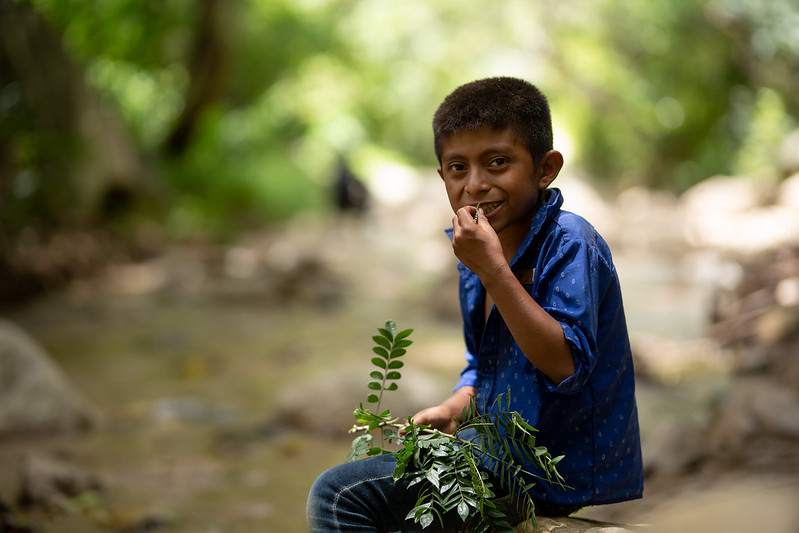 While Guatemala is home to the largest economy in Central America,
While Guatemala is home to the largest economy in Central America, 
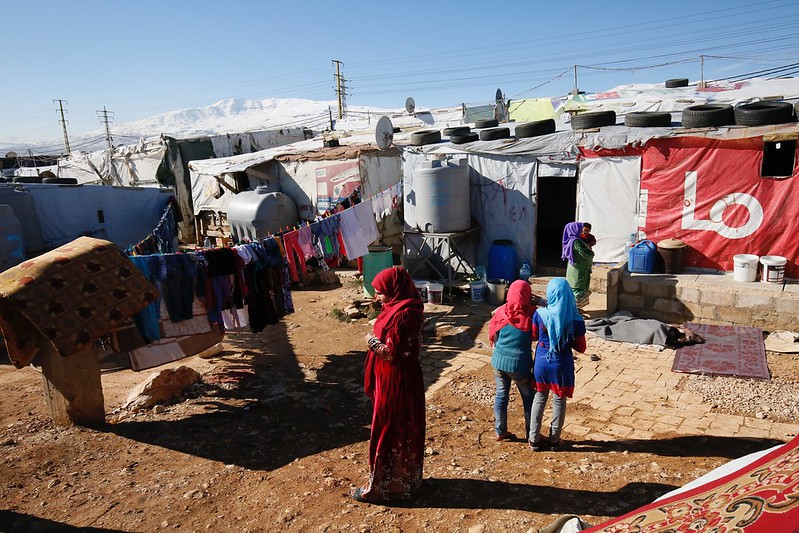 The Danish Refugee Council (DRC) is an esteemed non-governmental organization that focuses on offering aid and safeguarding the rights of refugees and internally displaced persons (IDPs).
The Danish Refugee Council (DRC) is an esteemed non-governmental organization that focuses on offering aid and safeguarding the rights of refugees and internally displaced persons (IDPs). 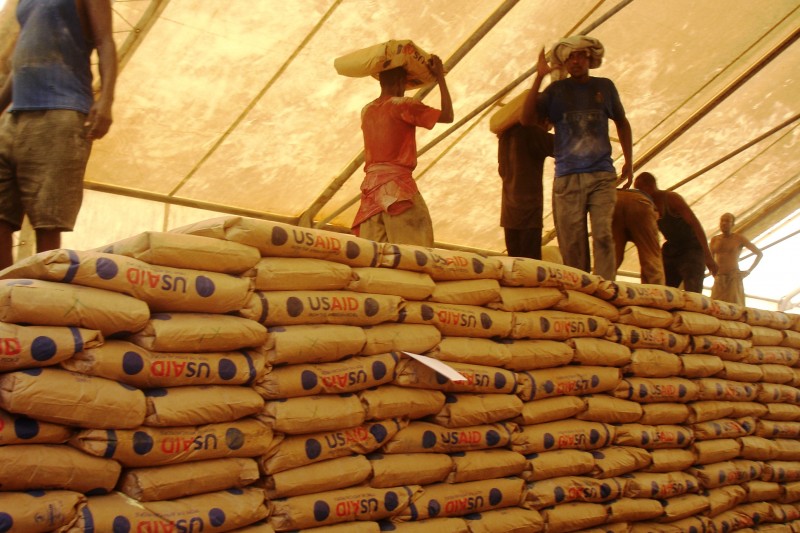
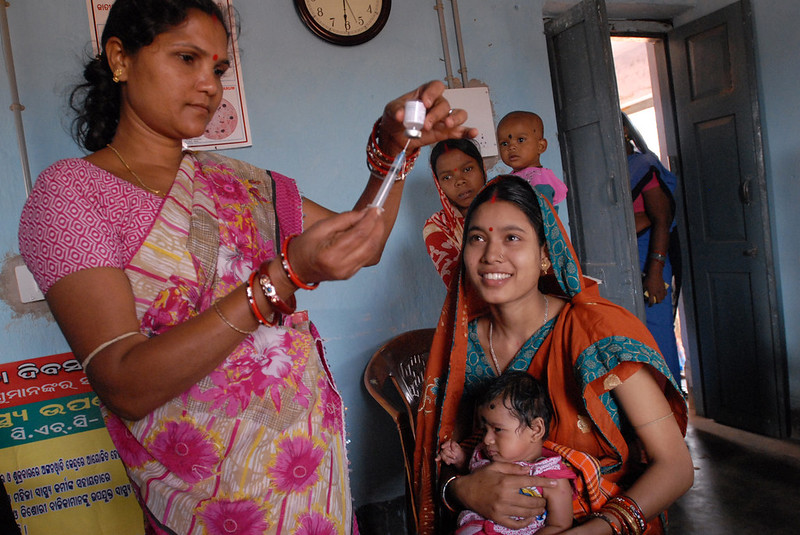
 In an era where the digital landscape shapes our view of the world, humanitarian influencers are emerging as powerful forces for change, leveraging the vast reach of social media to highlight and address global poverty and need. These influencers, through platforms like Instagram, TikTok and YouTube, are not only sharing their missions but are also mobilizing a global community toward action.
In an era where the digital landscape shapes our view of the world, humanitarian influencers are emerging as powerful forces for change, leveraging the vast reach of social media to highlight and address global poverty and need. These influencers, through platforms like Instagram, TikTok and YouTube, are not only sharing their missions but are also mobilizing a global community toward action.